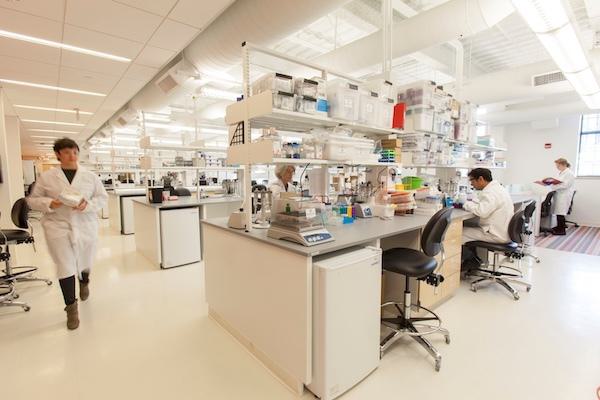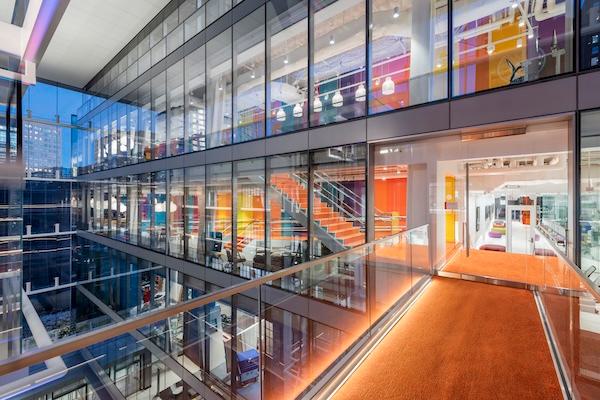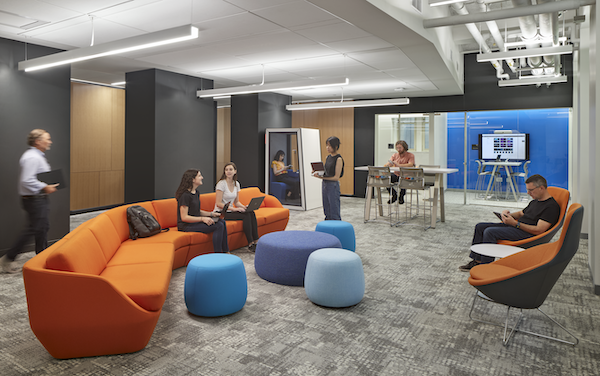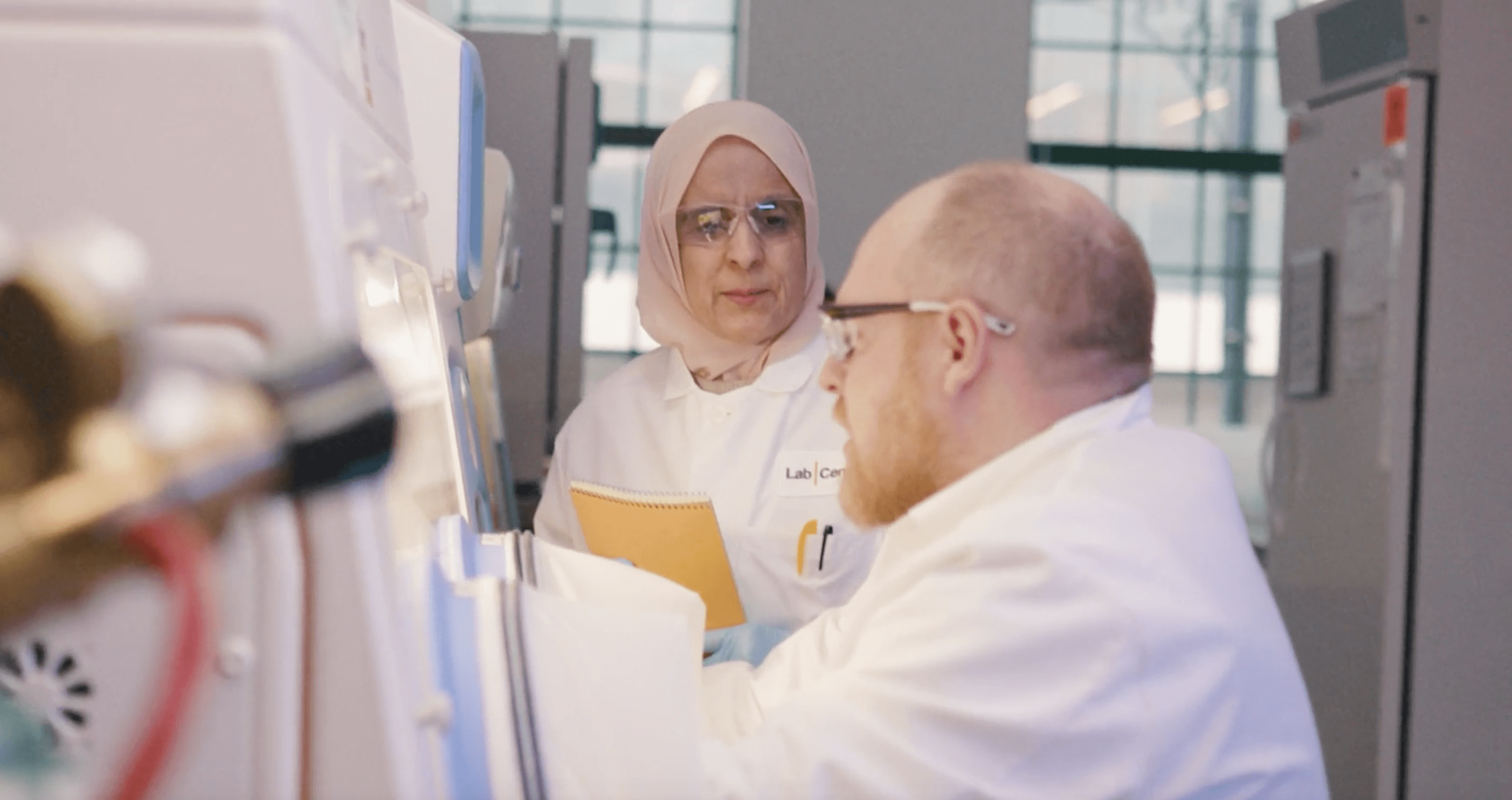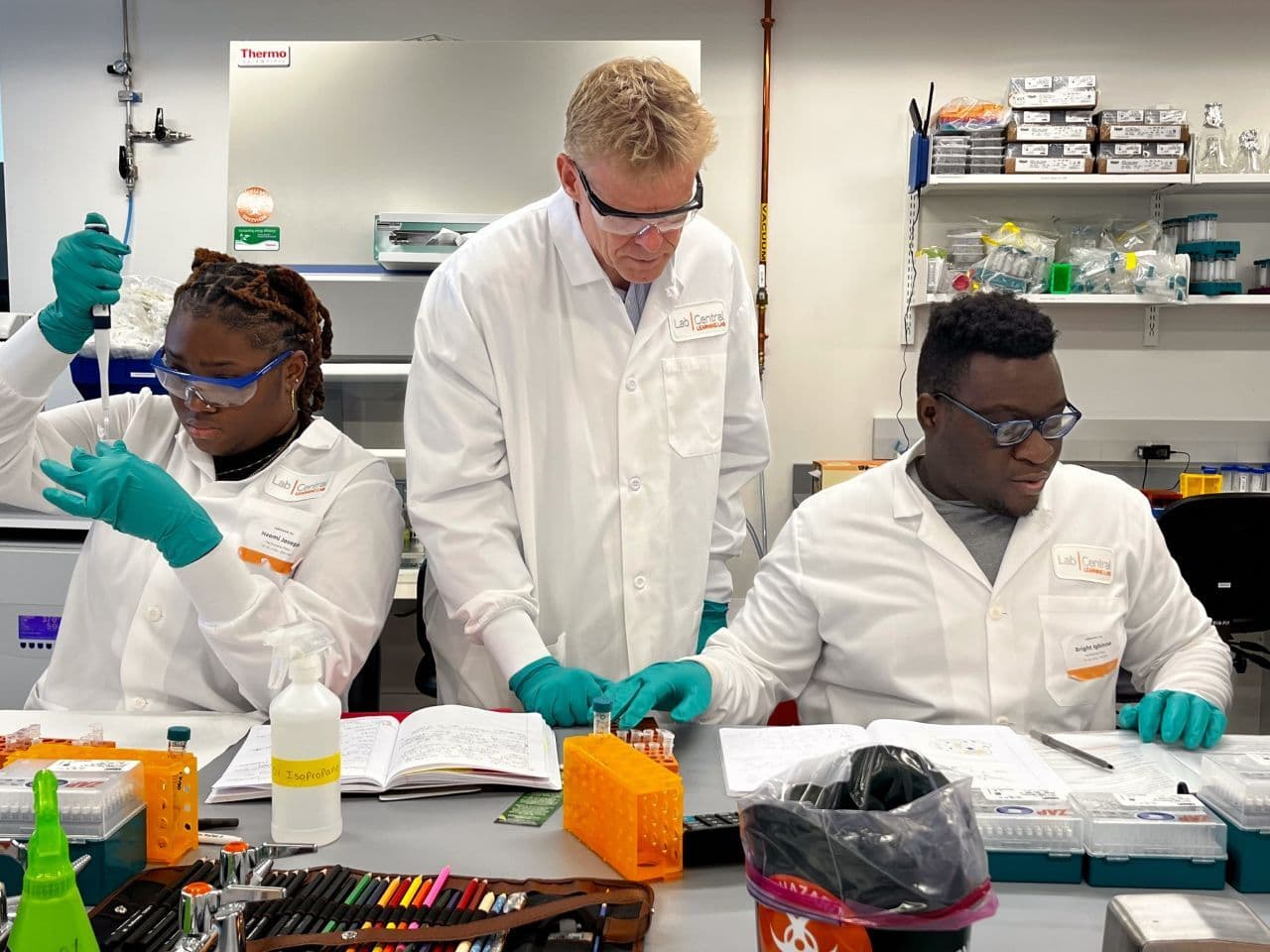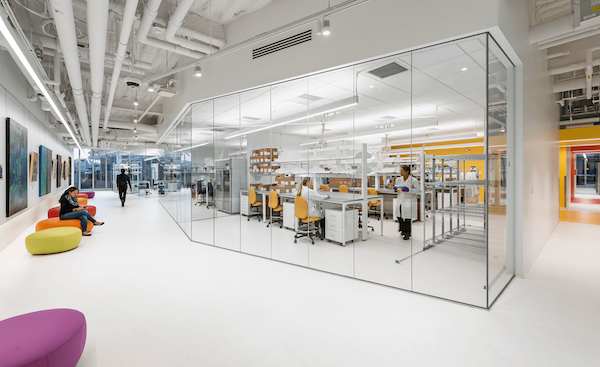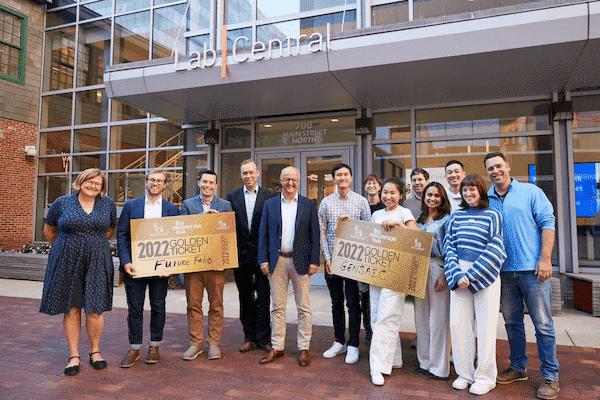Disclaimer: the views, thoughts, and opinions expressed in this blog belong solely to the individual author, and not to LabCentral or the author’s employer, organization or committee.
Today, we’re highlighting the groundbreaking work of TreeFrog Therapeutics, a company aimed at making stem cell-derived cell therapies more affordable and accessible to millions of patients. TreeFrog is a resident of our newest facility, LabCentral 238, with on-site capacities to kickstart collaborative cell therapy programs in regenerative medicine and immuno-oncology. We spoke with TreeFrog’s Cofounder and Chief Technology Officer, Kevin Alessandri, Ph.D., who just moved from Bordeaux to Boston, to learn more about the company’s focus and activities.
What prompted the founding of TreeFrog Therapeutics? How did the company get started?
Our story started in Switzerland, back in 2014, when I met my cofounder in the basement of the University of Geneva, in front of a high-resolution 3D printer. Maxime was one of the very first Ph.D. students that had worked on pluripotent stem cells in France (pluripotent stem cells have the ability to self-renew and give rise to all the cells of the body). He had authored an early paper about the genomic instability of pluripotent stem cells in 2D cultures and was looking for a way to create better culture conditions for the cells.
On my end, I had already been working for several years on high-throughput cell encapsulation technologies to understand the biophysics of tumor spheroids, or 3D assemblies of cancer cells. Together, we figured out that we could create capsules that would recapitulate the pluripotent stem cell niche. And it worked! Very quickly, we witnessed that the pluripotent stem cells seeded in our capsules were self-organizing as a lumenized rosette – a 3D configuration, which is found in living organisms, at the epiblast stage. We then tried to differentiate the cells in the capsules, and discovered that we could make ready-to-transplant 3D microtissues.
Our first in vivo studies with neural microtissues for Parkinson’s disease were very promising. We felt we had a window of opportunity to build a technological platform and a therapeutic pipeline that could impact the lives of millions of patients. We got our project incubated by the University of Bordeaux, in France, and eventually incorporated TreeFrog in late 2018.
TreeFrog is focused on unlocking access to stem cell therapies. Can you explain more about what this means? What are the existing challenges to doing this today, and why is it so important to overcome these challenges?
Current cell therapies, such as CAR-Ts, are expensive – approximately $300,000 per dose – and manufacturing is not trivial at all. As a result, only a few thousand patients can be treated every year. We believe that the main challenge in our field is an industrial one: “How do you mass produce billions of cells with consistent quality and reduced costs, so that treatments are made available to a large number of patients ?” And when I say billions of cells, I am clearly understating the medical need.
Two years ago, we announced a world-first, with the production of a batch of 15 billion induced pluripotent stem cells (iPSCs) in a 10-liter bioreactor with unprecedented exponential cell growth. Fifteen billion iPSCs is already enough raw material to make 10,000 doses for Parkinson’s disease. But we need to dramatically scale up if we want to address cardiac or metabolic disorders, which require several billion cells per patient. That’s the whole point of our C-StemTM technology and the focus of TreeFrog.
How does your C-StemTM technology address these challenges? How is it different from traditional approaches used today?
C-StemTM creates a new paradigm in terms of scale, cell quality and transplantation format. Most cell therapies derived from pluripotent stem cells are currently limited by 2D cell culture. 2D is pretty straightforward at the research stage, but it does not scale up. Batch size remains limited, scale-out poses reproducibility issues and genomic stability is known to be problematic in 2D.
To overcome the limitations of 2D, the industry has been trying for some years to move to the gold standard technology in bioproduction: agitated bioreactors. However, as the volume of the bioreactor increases, impeller-induced shear stress increases too, thus damaging the cells and reducing yields. And unfortunately, in a benchmark published last year, we observed that cell mutational load was even worse in iPSCs aggregates grown in bioreactors than in 2D.
With C-StemTM, we protect the cells behind an alginate wall, which is both highly resistant and porous to gas and nutrients, as well as growth and differentiation factors. Protected from external stress, stem cells can grow exponentially in 3D, without selective pressure, and can differentiate into functional microtissues. Our data show that C-Stem™ is the only technology capable of containing the spread of oncogenic mutations during large-scale iPSC expansion, and that the 3D microtissue format enables to obtain more mature and functional cells, which better survive and integrate into the host after transplantation, thus triggering a faster response than with single-cell suspensions.
When do you envision C-StemTM actually impacting cell treatments for patients?
Our proprietary program for Parkinson’s disease will enter phase I/2 in 2024. We are currently expanding our therapeutic pipeline in regenerative medicine and immuno-oncology through strategic alliances with leading biotech firms (such as Umoja in the U.S.) and pharmaceutical companies. Our technology platform will be used for the first time in a GMP suite to manufacture clinical-grade products in 2023. We’ll then work on a platform designed for commercial-size batches. I hope C-StemTM will start impacting the life of thousands to millions of patients in the 2030’s.
Why did you choose to take residence in LabCentral 238?
When you’re a European scale-up company entering the largest market in the world, which concentrates 75% of global investments in the cell and gene therapy industry, you have no time to lose. You need to be at the very heart of the network. For us, it’s Kendall Square in Cambridge, MA. You couldn’t be more central. We have direct access to almost all market leaders in our industry, and we can easily reach a very small community of experts in iPSC-derived cell therapy, from R&D up to business development.
With the lab space, resources and community offered by the newly-created hub at LabCentral 238, our goal is to showcase our technology in the U.S., create business opportunities through direct interactions with the local ecosystem and accelerate collaborative projects thanks to onsite lab capacities. In fact, our first employee in the U.S. – Anthony – used to work at BioLabs, a LabCentral sister company, and warmly recommended the LabCentral incubator. We were excited to be selected, and so far, it’s a match!
